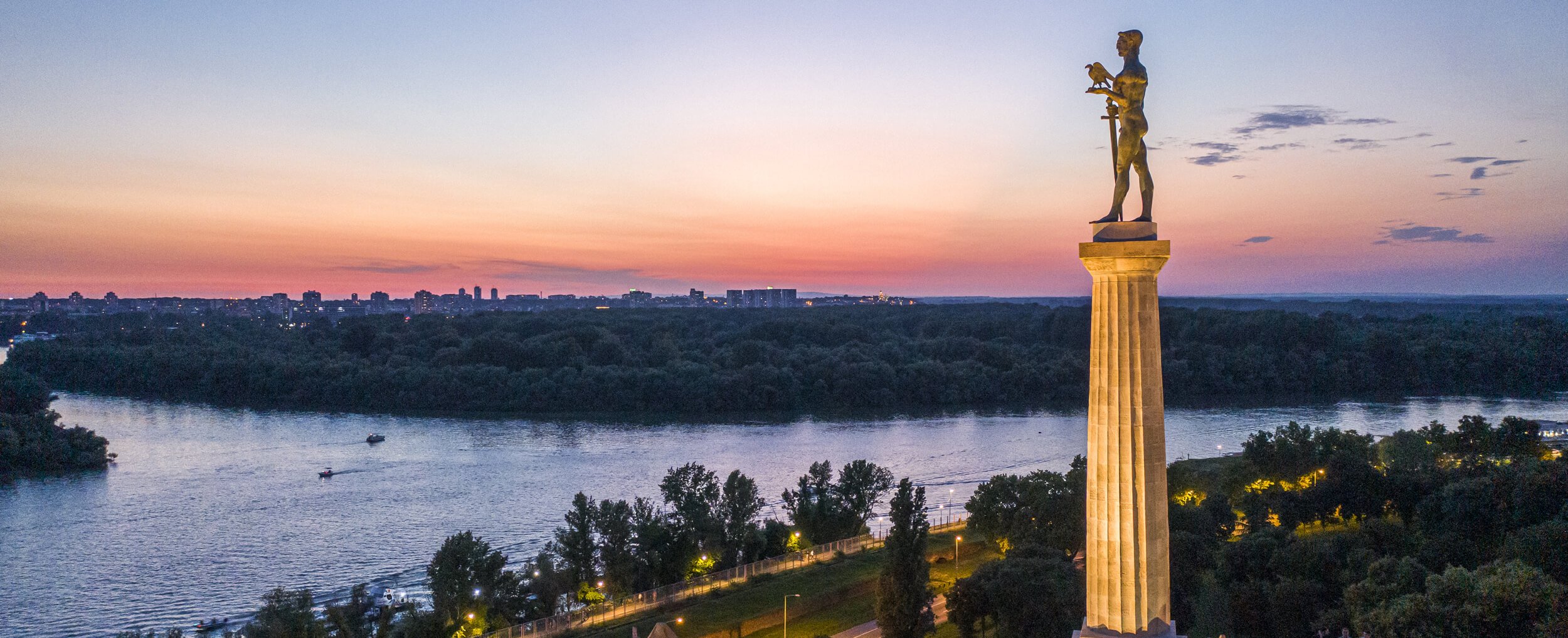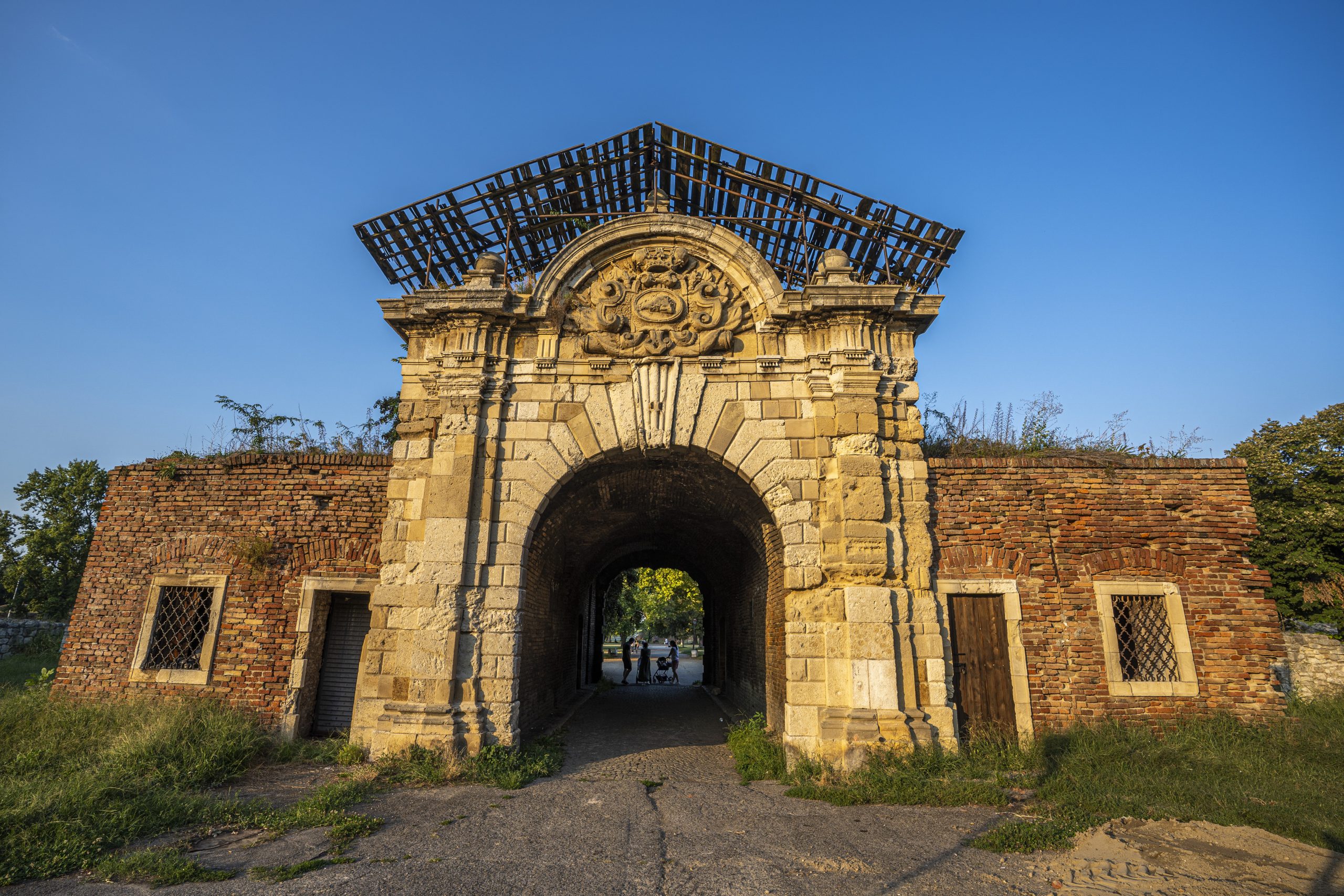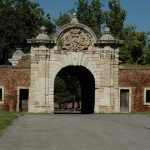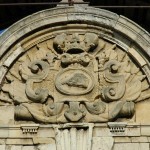The gate of Charles VI is located within the medieval northeastern ramparts of the Lower Town and it was named in memory of the Austrian Emperor Charles VI, during whose government the city was ruled by the Habsburgs for the first time. The military success of the Austrians in the fight against the Turks, that is, their occupation of Belgrade and northern Serbia in 1717, was greeted by Europe as a great victory of Christianity over Islam. According to the provisions of the treaty concluded in Pozarevac the following year, Austria kept the conquered territories, so Belgrade became not only the main border fortress, but also the centre for the spread of Catholicism to the east.
The gate was built at the very beginning of the Austrian rule, between 1718 and 1720, during the works on the reconstruction of this rampart. It represented a new, monumental entrance to the Lower Town. The facades of the gate are modeled in the baroque style and are also the only originally preserved achievement of baroque architecture in the areas south of the Sava and Danube.
The outer facade of the gate was conceived as a triumphal entrance to the imperial city, which was illustrated by the monogram of Emperor Charles VI above the entrance, and there was an inscription that read: “Charles VI, Roman Emperor, Augustus, supporter of the true faith against Christian enemies, erected this door, a magnificent work, after the conquest of the glorious city of Belgrade”. At the ends were the knightly armours of glory, signs of victory and peace, and in the central axis there was an armour with flags and war drums. The inner facade, through which one exited the fortress into the town, symbolised the portal of the Habsburg Kingdom of Serbia. Above this portal was a cartouche with the coat of arms of Serbia as the Austrian crown land — an ornamental motif depicting a boar’s head pierced by an arrow.




